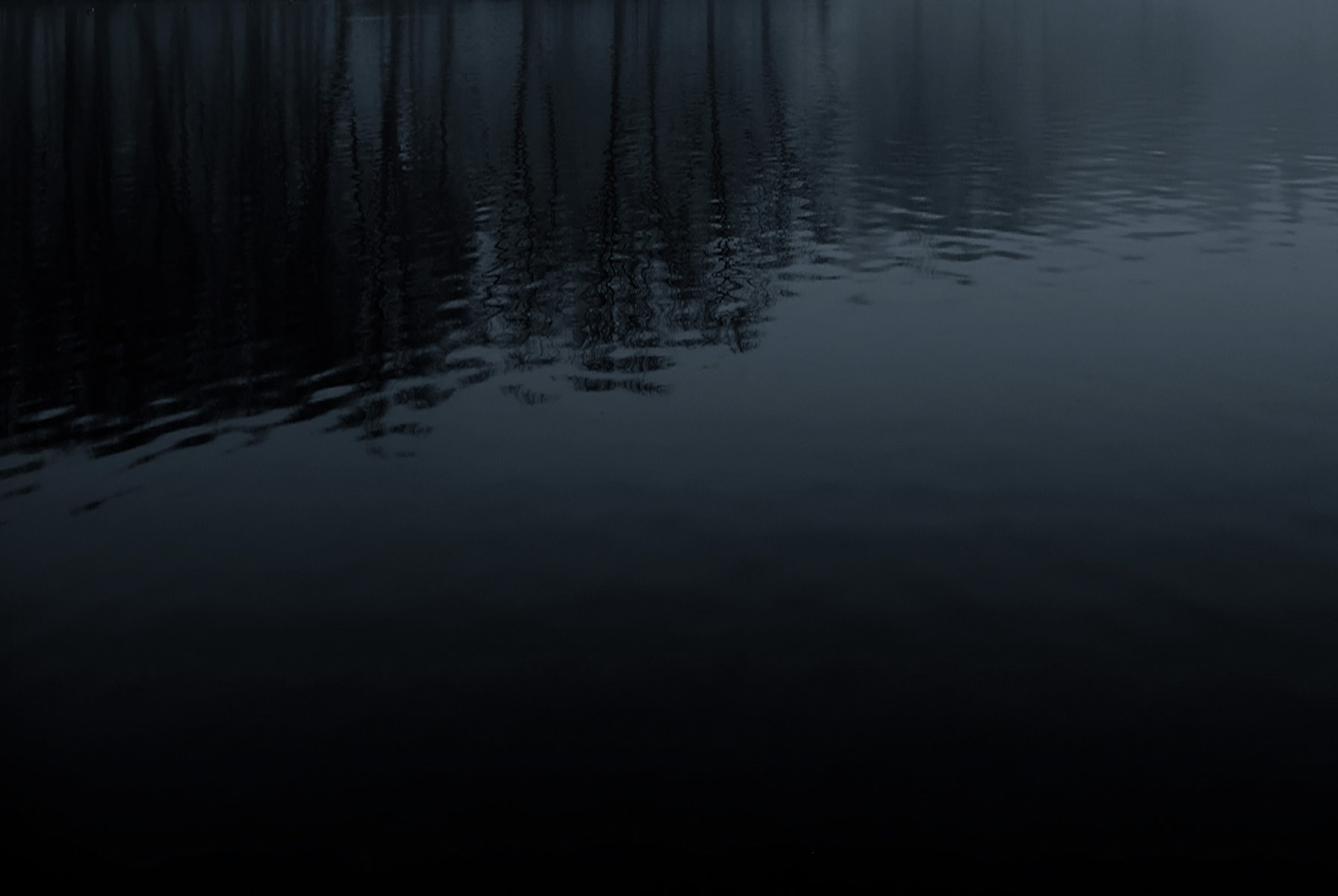
The Hill of Tara
"Tara is, because of its associations, probably the most consecrated spot in Ireland, and its destruction will leave many bitter memories behind it."
W. B. Yeats, et al., in a letter of protest to The Times, 27th June 1902, when Tara was last threatened.
The Harp That Once Through Tara's Halls
by
Thomas Moore (1779-1852)
The harp that once through Tara's halls
The soul of music shed,
Now hangs as mute on Tara's walls
As if that soul were fled.
So sleeps the pride of former days,
So glory's thrill is o'er,
And hearts that once beat high for praise
Now feel that pulse no more!
No more to chiefs and ladies bright
The harp of Tara swells;
The chord alone that breaks at night
Its tale of ruin tells.
Thus Freedom now so seldom wakes,
The only throb she gives
Is when some heart indignant breaks,
To show that still she lives.
IRELAND'S SHAME:
A SUPERHIGHWAY ACROSS THE HILL OF TARA
by T. S. Kerrigan, Poet, Lawyer, Judge
Published in The American Reporter - February 16, 2007
LOS ANGELES -- Just when you thought the Celtic Tiger economy had done it worst, there's news that the Irish Government - in the name of progress, of course - is implementing a plan to build the M3 freeway through the Hill of Tara, the ancient seat of the high kings of Ireland.
This would seem to be the worst news to befall that lovely site since medieval times, when Irish ecclesiastics, locked in a struggle with the lay authority of the times, put a curse on the place and destroyed all secular power in the land of saints and sages until the coming of Brian Boru.
'What's next, a shopping center connecting the Lakes of Killarney? A strip mall in Dingle? Unprincipled people seem to be in charge of Ireland's cultural future... .' Click here to see the full article.

It's looked like this for 7000 years ...

Unless we do something...NOW!
...It will look like this! ...for ... EVER!

“…an act of cultural vandalism as flagrant as ripping a knife through a Rembrandt painting” Professor Dennis Harding, Department of Archaeology, Edinburgh University
Harding’s powerful metaphor comes closest to expressing the horror felt by many at the prospect of Tara being brutally ‘excavated’ by machine, and then straddled with a four-lane toll road and a fifty-acre interchange....
What has Happened to Ireland's Sovereignty?
By Maireid Sullivan
Excerpt:
... Community concerns have been vindicated by the Mahon Tribunal Report. After 15 years of hearings (1997 to 2012), The Tribunal of Inquiry Into Certain Planning Matters & Payments has uncovered corruption affecting 'every level of Irish political life'. The Tribunal brings to prominence the litany of corrupt practices and crooked dealings that characterised the relationship between ‘certain developers and numerous prominent public representatives’. >>> more
Note: The Mahon Tribunal Report is also published on Wikipedia
Proceedings of the Prehistoric Society
Ger Dowling, (2015), Exploring the Hidden Depths of Tara’s Hinterland: Geophysical Survey and Landscape Investigations in the Meath–North Dublin Region, Eastern Ireland.
Proceedings of the Prehistoric Society, Available on CJO 2015 doi:10.1017/ppr.2015.11
Summary
This paper explores how geophysical survey, undertaken in conjunction with landscape and historical analysis, is contributing to a deeper understanding of prehistoric focal centres and landscape organisation in the wider ‘hinterland’ of the Hill of Tara, Co. Meath. Arising out of the Discovery Programme’s ‘Late Iron Age and ‘Roman’ Ireland’ (LIARI) Project, the present investigations targeted a number of prominent hilltop sites in the Meath–north Dublin region suspected, on the basis of archaeological, topographical, and early documentary evidence, to have been important ceremonial/political centres in later prehistory. Foremost among these are the Hill of Lloyd (Co. Meath), the location of a prehistoric enclosure overlooking the early monastic foundation at Kells; Faughan Hill (Co. Meath), the traditional burial place of Niall of the Nine Hostages; and Knockbrack (Co. Dublin), whose summit is crowned by a large, internally-ditched enclosure with central burial mound. The discovery through this multi-disciplinary study of additional large-scale enclosures, burial monuments, and other significant archaeological features serves to further corroborate the deep historical importance of these sites, and opens up new avenues for exploring such themes as territoriality, social organisation, and identity in the wider Tara region.
back to top
|
